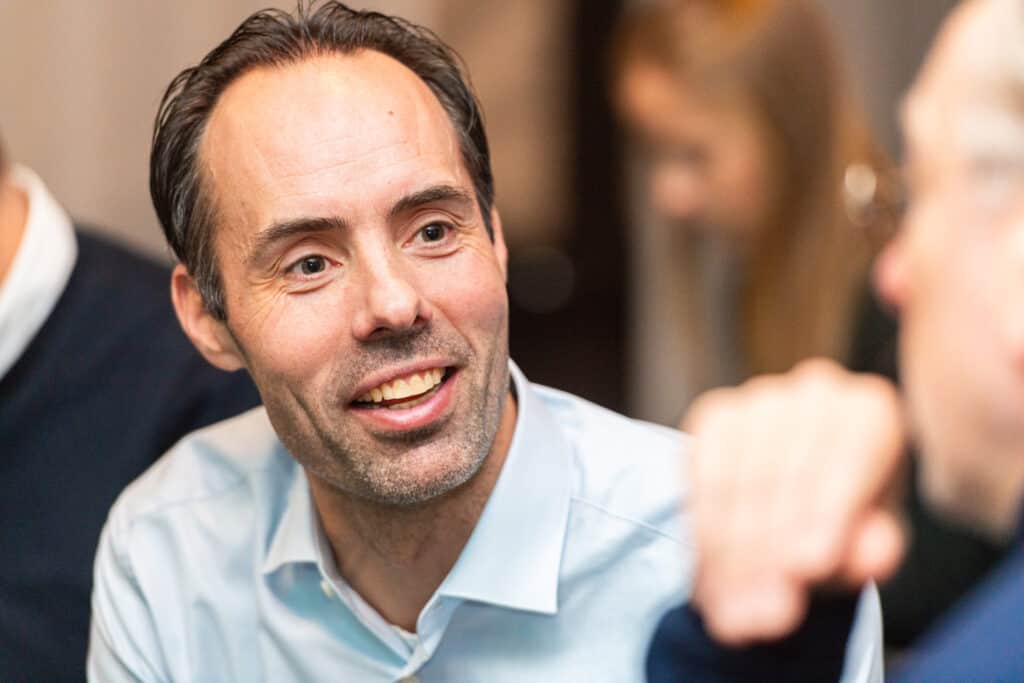One of our Project Managers (PM) at Dynatos. Together with his team members, he has delivered some of the biggest and most challenging projects. Based on his experience, he shares the best practice for a successful kickoff, regardless of the scale of the project. Starting right pays off.
The pre-kickoff
A project is a temporary mission with a beginning and an end. Before the project starts, we need to be sure about its purpose. What was the goal to initiate this project? Is it because of a new business opportunity, a customer demand or a technological advance to optimize internal processes?
This is the moment when PM’s from both parties, key business counterparts and sponsors, sit together and agree on the main goal of the project. As result, the governance, scope, deliverables, risks and budget will be defined with a realistic perspective. On the other hand, expectations that were created during the sales process will be discussed and aligned in a common direction.
The preparation
At Dynatos, we start our workshops right after the kickoff meeting. We provide the customer with questionnaires in advance, and based on their feedback, our consultants prepare the right material. By doing it this way, we avoid trivial questions and unnecessary discussions during the workshop sessions, so that we can focus our time and energy on identifying gaps and specific requirements. Additionally, we prepare our internal kickoff with the project team. The time invested during this phase shouldn’t be underestimated. A thorough preparation counts for half of the work.
The kickoff meeting
This is the moment to repeat the expectations from both sides. Since more stakeholders are involved, scope and deliverables may be redefined as the outcome of this meeting. The project approach and milestones are communicated in detail. Project teams are introduced to each other and the roles and responsibilities of each individual team member are presented in a clear -and simple- way.
From now on, both PM counterparts become “partners with a common mission”. A clear communication with internal stakeholders should be the responsibility of each PM, including a facilitators role. The exchange of status reports is not the main purpose as PM.
My general advice
Keep your finger on the pulse, and talk with the ones involved. Let them know that their input is much appreciated. And finally: don’t keep surprises in your pocket. Unrealistic budgets and scope should be announced from the beginning, even if you don’t feel comfortable with it. Bad news should be communicated at the right moment, which, in the long term, will be appreciated.
More information about our project approach? Visit our implementation page or contact us.


